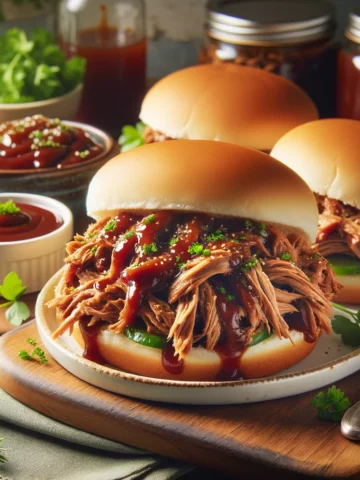Cooking pasta seems straightforward, but achieving that perfect al dente texture without the noodles sticking together can sometimes feel like an elusive culinary achievement. Pasta that sticks together can ruin the texture and presentation of your dish. Whether you're a seasoned chef or a home cook, mastering the art of cooking pasta is essential. In this comprehensive How to Prevent Pasta from Sticking guide, we'll explore the reasons pasta sticks and provide you with step-by-step instructions, tips, and tricks to ensure your pasta comes out perfectly every time.

Understanding Why Pasta Sticks
Before diving into the solutions, it's important to understand why pasta tends to stick. Pasta is made from flour and water, and when these ingredients come into contact with boiling water, the starch on the surface of the pasta gelatinizes, becoming sticky. If not handled properly, this stickiness causes the pasta strands or shapes to clump together.
Step-by-Step Guide to Prevent Pasta Sticking

Step 1: Use Enough Water
The first step in preventing pasta from sticking is to use a large pot and plenty of water. A good rule of thumb is to use at least 4 quarts (about 3.8 liters) of water for every pound (about 450 grams) of pasta. This allows the pasta enough room to move freely, reducing the chances of sticking.
Step 2: Salt the Water
Salting the water not only seasons the pasta, enhancing its flavor, but it also increases the water's boiling point, ensuring the pasta cooks evenly. Add about 1 to 2 tablespoons of salt per pound of pasta after the water has started to boil.
Step 3: Bring Water to a Rolling Boil
Before adding pasta, make sure the water has reached a rolling boil. This vigorous boiling action helps keep the pasta moving, which prevents sticking.
Step 4: Stir Regularly
After adding the pasta to boiling water, stir it regularly during the first couple of minutes. This is when the starches are released and the pasta is most likely to stick. A wooden spoon or fork works well for this.
Step 5: Use the Right Cooking Time
Follow the package instructions for the cooking time but start checking for doneness a couple of minutes before it suggests. Overcooked pasta becomes sticky and mushy, increasing the likelihood of sticking.
Step 6: Avoid Adding Oil to the Water
Some people recommend adding oil to the boiling water to prevent sticking. However, this can actually make it harder for sauce to adhere to the pasta later. The key to preventing sticking is using enough water and stirring, not oil.
Step 7: Reserve Some Pasta Water
Before draining the pasta, reserve a cup of the pasta cooking water. This starchy water can be added to your sauce later to help it emulsify and cling to the pasta more effectively.
Step 8: Drain Well but Not Completely
After the pasta is cooked, drain it in a colander, but don't rinse it (unless you're making a cold pasta salad). Rinsing pasta can remove the surface starch that helps sauces adhere. Leave a little bit of moisture to prevent the pasta from drying out and sticking.
Step 9: Toss with Sauce Immediately
Toss the drained pasta with your chosen sauce immediately. The sauce helps to keep the pasta from sticking together. If the sauce isn't ready, you can toss the pasta with a little bit of the reserved pasta water to keep it moist.

Additional Tips and Tricks
- For Pasta Salads: If you're preparing pasta for a cold salad, rinse the pasta under cold water to stop the cooking process and remove the excess starch. This is the exception to the "no rinsing" rule.
- Cooking in Batches: If you need to cook a large amount of pasta, consider doing it in batches to ensure there's enough room for each piece to move freely.
- Stirring Technique: Use a figure-eight motion to stir the pasta. This technique helps move the pasta around the pot evenly.
- Testing for Doneness: The best way to test pasta is to taste it. It should be al dente, or firm to the bite.
Preventing pasta from sticking is all about understanding the cooking process and being attentive to a few key details. With these steps, you'll be able to produce perfectly cooked pasta that's ready to be dressed with your favorite sauce, turning a simple meal into a delightful culinary experience. Remember, practice makes perfect, so don't be afraid to experiment and find what works best for you in your kitchen.
Related
Looking for other recipes like this? Try these:





Comments
No Comments